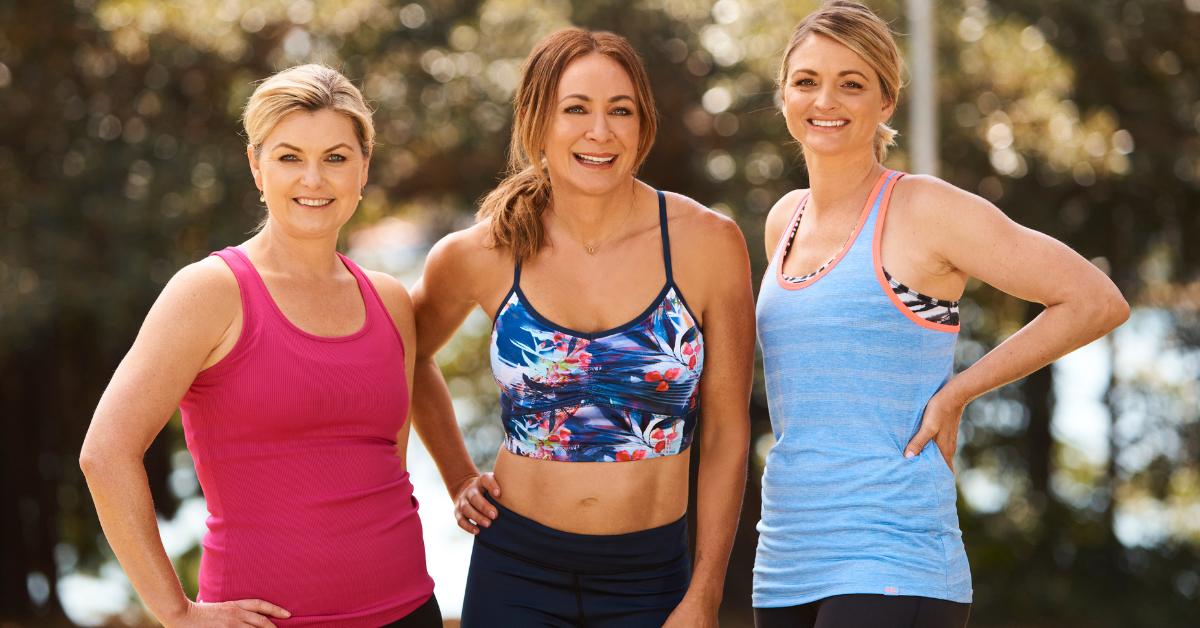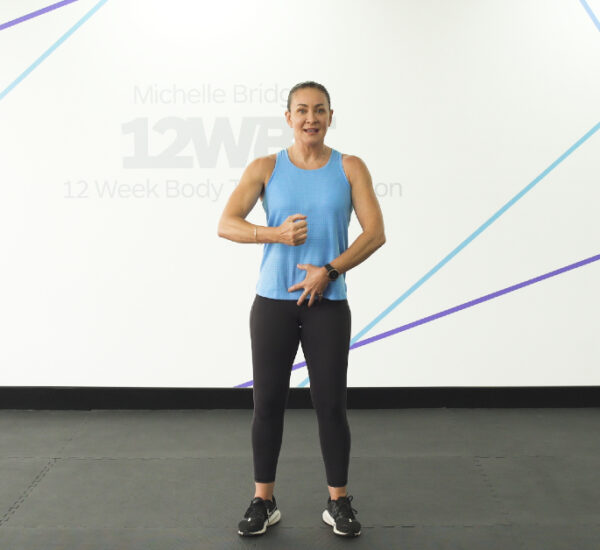Whether you’re new to running or you’ve been around the block a few times, a heart rate monitor can be a very useful tool to help you get the most out of your training.
But a heart rate monitor can be intimidating to use for the first time. In this two-part series we take you through using a heart rate monitor and choosing the heart rate monitor that’s right for you. Let’s start with some basics…
Running Fit
“Running as an exercise is the biggest calorie burner, and by running more, you are burning more calories and therefore will lose more weight” says 12WBT running specialist Greta Truscott. “Bear in mind that, like any exercise, you need to build up your running gradually. Have a walk warm up and intersperse your running with plenty of walking in the initial stages”.
Why Use a Heart Rate Monitor?
When you start running, it can be difficult to figure out if you’re training at the right intensity to achieve your goals – whether you want to lose weight or improve your fitness. “To lose weight, an ideal target heart rate range is between 65-85% of your heart rate max. It is important to track your heart rate along with your perceived effort to make sure you are working out optimally without under or over doing it” says Greta.
A heart rate monitor allows you to measure exactly how hard you’re working during each training session and to adjust your intensity if you’re not hitting your target heart rate (THR). Monitoring your progress on a daily basis can boost your motivation, and help you stick to your workout program. And as the weight starts to melt off and you notice an improvement in your fitness, your heart rate monitor will help you stay on track with your fitness goals.
Figuring out your Target Heart Rate (MHR)
“At 12WBT, we want you to aim for between 65 and 85 per cent of your maximum heart rate,” says Greta.
To calculate your maximum heart rate, the rule of thumb is 220 minus your age. So, if you’re 30 years old, your maximum heart rate will be 220 minus 30, which is 190 beats per minute (bpm).
“That’s a very general way to work it out, and it’s perfect for beginner to intermediate runners,” says Greta. “But if you’re intermediate to advanced in your fitness, the best way to work out your max heart rate is to calculate it yourself with your heart rate monitor. For example, for experienced runners only, once you’re really well warmed up, towards the end of a hard and fast speed session, do some short sprints i.e. 200m, and push as hard as you possibly can. That will give you your max heart rate – as hard as your heart can possibly go.”
“Then your target heart rate for your training sessions would be 65-85% of your heart rate max” says Greta. “65 percent is 190 multiplied by 0.65, and 85 percent is 190 multiplied by 0.85, so your THR is 124 to 162 bpm.”
Your THR and Fat Burning (THR)
While some heart rate monitors will tell you that you’re in the fat-burning zone when you’re working at 50 to 60 percent of your maximum heart rate, the 12WBT experts encourage you to work at no less than 65 per cent of your maximum heart rate for your cardio sessions.
“Even though you’re burning from your fat stores at 50 – 60 percent, it doesn’t mean you’re burning more calories overall” says Greta. “At 12WBT, 65 – 80 percent is your target heart rate for your cardio sessions and as much as possible your toning sessions too,” explains Greta. “You might not get that high for your toning sessions, but still try.”
How to Use a Heart Rate Monitor
When you turn on the watch for the first time, go into ‘Settings’ and input all your basic information such as weight, height, age and gender. More advanced models might ask you for your upper and lower heart rate zones (to alert you if you go too high or too low), your desired level of activity, and more.
More experienced runners use their heart rate information to gauge their long-term training goals, race pace, hydration levels, fatigue levels and more. If the watch prompts you for very advanced information like your VO2 max (maximal oxygen consumption), skip it – that’s meant for competitive athletes.
But do keep in mind that the more information you’re able to provide, the more accurate your data will be. While it’s possible to read up on how to interpret your heart rate data, more advanced heart rate monitors will provide all the information you need at the touch of a button.
Time to Get Strapped In!
“First, put the strap around your chest so the sensor is close to your heart,” says Greta. “Then, turn on the watch and the sensor on the strap should connect with it. It will start measuring your heart rate right away, and you can generally choose whether you want it to show in beats per minute or a percentage. If you have trouble with the connection, you might need to put the watch closer to the sensor or moisten the underside of the sensor a bit.”
Ready to give it a try? Check out our heart rate monitor product test results so you can learn more about how to put your heart into your training today!
To gain more expert advice on exercise from our team of 12WBT running specialists, exercise physiologists and dietitians, sign up to 12WBT today!









After just reading this post. I went for a run and to stay within the 65-85% I had to run a lot slower than I usually do. Does that mean I should run at the slower pace to burn more calories or that my maximum HR is probably higher than 190bpm?
I am starting 12wbt round 4 and was wondering about working to your optimum heart rate. Should your average heart rate for the workout be within the .65/.85 of max hr or do you try to keep your heart rate between .65/.85 of max heart rate through your workout? Hope that makes sense?!I am starting 12wbt round 4 and was wondering about working to your optimum heart rate. Should your average heart rate for the workout be within the .65/.85 of max hr or do you try to keep your heart rate between .65/.85 of max heart rate through your workout? Hope that makes sense?!
Every time I try and download the polarpersonaltrainer.com websync doc it continually fails. Darn it! Also, what happens if you train above your THR? Heart attack? I think my heart rate just went over 100 while I was walking to the laundry (in my house)…..so I must be REALLY unfit…..I’m nearly at my minimum THR walking around the house!!!
Thanks for this blog. I’ve just received my first HRM and I was quite baffled on what to do with it and what some of the features were.
Are heart rate monitors that come without the chest strap any good? Or avoid them?
The ones with the chest strap are the only ones that are ‘truly’ accurate. If it cant feel your heart beat it will have no idea how hard you’re working. I would say avoid the ones without the strap.
Another strong focus on running ……. HRM are useful for non runners also.